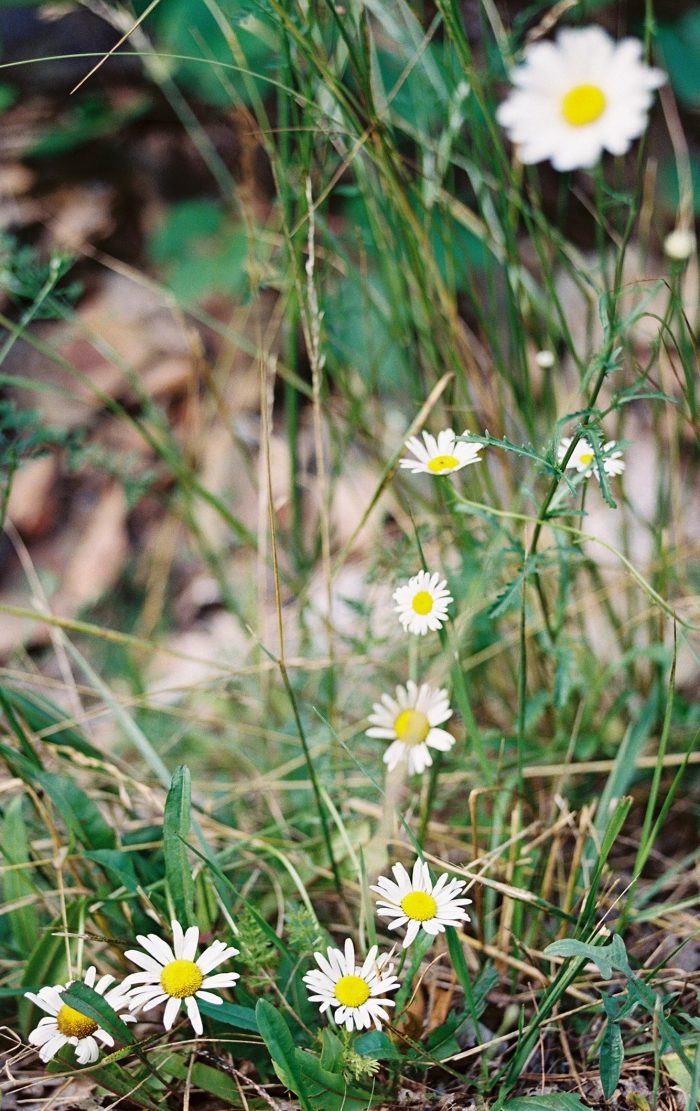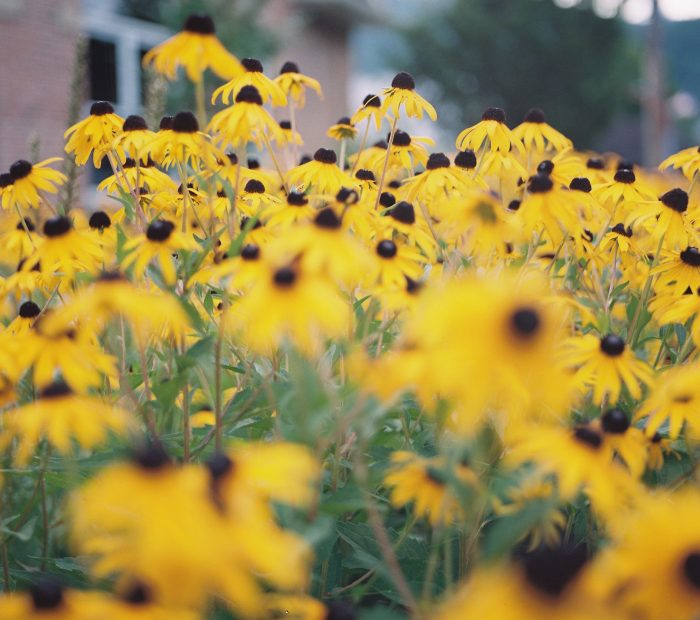Add Some Color to Your Instagram Shots with Springtime Wildflowers

As Old Man Winter slowly relaxes his grip on most of the country, here in Pocahontas County, the signs of spring are becoming more and more evident. The grass is getting greener, the trees are beginning to bud and soon West Virginia wildflowers will be on display; bringing that splash of color to the landscape that’s so welcomed after a long, grey winter. And with that highly anticipated colorful display, comes plenty of photo opportunities for hikers, bikers, and those traveling the highways and back roads of Nature’s Mountain playground. Whether you’re hoping to spot Virginia Bluebells, the Trout Lily, or the Dutchman’s Breeches (yes, that’s a real flower), or any other species of common wildflowers, spring flowers in West Virginia provide some of the best photoshoot opportunities around. So, if you’re looking for a good excuse to get back outdoors after a long, cold winter and maybe share a few shots on your Instagram feed of brightly colored meadow flowers, why not grab the camera and pay us a visit in Pocahontas County. Here’s a quick rundown of just a few of the more popular wildflower spots in Nature’s Mountain Playground.
Cranberry Glades
Officially known as the Cranberry Glades Botanical Area, the glades are a National Natural Landmark making up 750 acres of preserved wilderness within the Monongahela National Forest. Consisting of four bogs and recognized as the largest area of bogs in West Virginia, acidic wetlands of this type are typically found in Canada and the northern United States. This makes the Cranberry Glades a truly unique destination in Pocahontas County. And if you’re on the hunt for wildflowers this spring, you’d be hard-pressed to find a better place than the Cranberry Glades. According to USDA literature, more than 60 species of plants (including a couple of the carnivorous nature) call the glades home, and with a half-mile long boardwalk circling through the glade, you’ll have ample opportunities to locate and photograph a good number of those plants. Just be sure to stay on the boardwalk to help protect this unique and fragile environment. Traveling west from the Cranberry Mountain Nature Center on Route 39/55, the Cranberry Glades Botanical Area is located approximately one mile north on Forest Service Road 102.
Watoga State Park
At over 10,000 acres, Watoga State Park is the largest state park in West Virginia. The park offers 34 cabins as well as a total of 88 campsites divided between two campgrounds, multiple hiking trails, and an 11-acre lake. Head out on the Ann Bailey Trail towards the lookout tower or drive up to the T.M. Cheek Memorial overlook in your search for Bluebells and Trilliums; you could even include some blooming Dogwood in your outing. With a chunk of real estate as big as Watoga and so many trails to choose from, spring wildflowers should be easy enough to find. Why not reserve a cabin or campground site and make it a family weekend adventure?
Greenbrier River Trail
Once part of the Chesapeake and Ohio Railway line, the Greenbrier River Trail is a 78-mile-long rail trail paralleling much of the Greenbrier River. A springtime hike or leisurely bike ride along the trail promises not only beautiful views of the surrounding mountains but also the likelihood of spotting a wide variety of wildflowers. Anything from the tiny Deptford Pinks to early Goldenrod and many other species can be found along the river as well as in the open fields. So be sure to pack your camera along with that water bottle and granola bar and hit the Greenbrier River Trail. And remember, it’s better to take pictures than to take the flowers — leave them for others to enjoy.
The Highland Scenic Highway
Stretching 43 miles from Richwood to U.S. Route 219, just north of Marlinton, the Highland Scenic Highway weaves along the Allegheny Highlands climbing from an elevation of 2,325 feet to a height of more than 4,500 feet, making this beautiful scenic drive the highest average elevated highway east of the Mississippi. Route 150, a 23-mile-long parkway of the scenic highway, features four scenic overlooks of deep valleys and surrounding mountains — each well worth the stop. Add to this pristine wilderness, acres of springtime wildflowers and you’ve got the makings of some memorable Instagram shots.
Exploring Various Trail Options
Since we’ve already mentioned the Highland Scenic Highway, don’t forget the multiple trailheads alongside the highway. It’s one thing to take a scenic drive, looking for fields of wildflowers out the car window, but there’s something special about parking the car and hitting the trail to hunt for those little hidden pockets of color from wildflowers along the forest floor. Some of the trails in the Tea Creek area, across the highway from the Little Laurel Overlook, are less than a half-mile in length. Shorter trails like these are perfect for taking a break from behind the wheel and getting out to stretch your legs while continuing your search for photo opportunities of wildflowers.
Another trail off the Highland Scenic Highway worth investigating is the Williams River Trail (TR487) from the Tea Creek Campground. This out and back trail is 2.7 miles in length and mostly a flat grade as it follows the Williams River. Some of the best opportunities for spotting and photographing wildflowers will be at the Tea Creek Campground end of the trail. Be sure to check out some of the other trails that originate from the Tea Creek Campground. Who knows where that next cluster of wildflowers could be found?
Two other trails well worth exploring are Two Lick Trail #456 and Two Lick Bottom #457, located on Route 92 just Southeast of Marlinton adjacent to the Pocahontas Campground. Both trails are looping in design and the trailhead for the two is located just behind the campground kiosk. At just under a mile, Two Lick Bottom trail is the shorter of the two trails and promises wildflowers like Foam Flower, Fringed Polygala, and Violets, just to name a few. Two Lick trail is about five miles long, looping upwards along a ridgeline before intersecting with the Two Lick Bottom trail. Because Two Lick is a higher and dryer trail, the Dwarf Iris is the wildflower to be looking for on this trail. Both trails combine for a great opportunity to get out and about in the woods in your search for those Instagram wildflower shots.

Well, there you have it. Just some of the better places to find wildflowers in Pocahontas County. Now, one of the best things about planning a springtime photo shoot for wildflowers around here is, that you’re not limited to just the places mentioned in this blog. Truth be told, from mid-April to mid-May, wildflowers are almost everywhere here in Nature’s Mountain Playground — offering some of the best “Instagrammable” spots in West Virginia. Choose a country road to drive out or a state park to walk through and you’re bound to see any number of beautiful flowers dotting the landscape. So be sure to bring your camera along and get ready to add a splash of springtime color to that Instagram feed. Because whether you’re looking for the petite Deptford Pinks, Dwarf Iris, or even the Dutchman’s Breeches (again, yes, it’s a real flower), Pocahontas County offers some of the best possibilities to find the most beautiful wildflowers nature has to offer.
